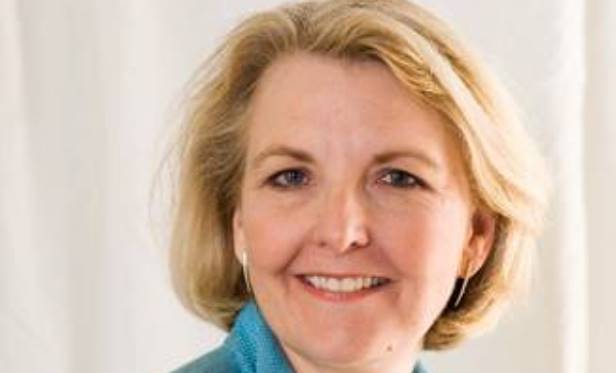 Caroline Anzur says it's the apartment community's amenities that convert leads to leases.
Caroline Anzur says it's the apartment community's amenities that convert leads to leases.BELMONT, CA—In the tech-oriented regions of the Bay Area and Northern California, it is essential for multifamily developers and apartment managers to use technology to attract prospective renters. Technology is affecting everything from how apartment owners find and attract new residents, provide customer service to existing residents and enhance on-site amenities. However, more often than not, it's the apartment community's amenities and services that convert leads to signed leases, says Caroline Anzur, vice president of marketing and education for Woodmont Real Estate Services in this exclusive.
“You must have the right digital technology just to make an impression in today's marketplace, or lose your audience quickly. If you don't have the basic best practices on websites, for example, prospective renters might perceive the property you are marketing as outdated and undesirable,” Anzur tells GlobeSt.com. “Apartment websites have to be responsive and mobile friendly with click-to-call or text features and the ability to start an application or lease online. And for residents, they need a portal that allows them to pay rent or schedule maintenance from wherever they happen to be. Everything has to be fast, simple and easy, or they will go elsewhere.”
Of course, digital marketing continues to evolve and the industry typically relies on a mix of traditional marketing plus newer digital marketing tactics to generate quality leads. Woodmont's goal is to use technology to create a better in-person experience, Anzur says.
“Technology helps us better understand our prospective and current residents, it elevates our credibility, improves our customer experience and enhances interest in our communities,” she says. “Sometimes a prospect rents sight unseen directly from the website, but more often than not, it's our community leasing teams that convert that interest to a lease based on the experience that prospective renter has when they visit the community.”
Anzur ticks off a list of on-site amenities and services that are popular features in newer apartments. Increasingly, these are services that make life easier and gathering places of varying kinds. For instance, most community rooms are moving away from full kitchens and toward facilities that allow residents to keep catered food warm. Many communities have coffee bars where residents can fuel up anytime, along with standalone vending kiosks that can be unlocked via app to grab what they need. Charges are then made and paid directly on the app.
“Developers are doubling down on unique and engaging gathering spaces to lease their projects,” Anzur tells GlobeSt.com. “These spaces are much more multifunctional now and extensions of a resident's apartment home. They are geared for more regular use versus reserved for a special event. Residents may use them as co-working spaces during the day as well as places to gather with friends and family after work or on weekends.”
Pet services such as grooming stations and pet parks are also in demand. Electric car-charging facilities and package lockers with 24/7 access are almost mandatory at this point. At on-site fitness centers, the traditional cardio and strength training equipment now includes Internet access and is being augmented with virtual fitness options that offer a full menu of classes that rotate monthly so a resident can choose a spin class, yoga, TRX or kick boxing.
Communities increasingly are offering device-friendly amenities such as WiFi and charging stations as well as smart-home technologies such as keyless entries and programmable thermostats. In urban communities, real time transit, weather and news streaming in the lobbies help residents plan ahead.
“Where technology is critical is with customer services that our prospects and residents rely on,” Anzur tells GlobeSt.com. “Being able to sign a lease, pay rent, submit a service request, pick up a package, reserve an amenity, charge their car or mobile device, all these needs require up-to-date technology to meet resident expectations and lifestyle needs today. Technology helps us have a competitive advantage, but we have our greatest impact and most success when we combine technology with human interaction.”
For more information on multifamily news, join us at RealShare Apartments in Los Angeles from October 29-30, 2018. RealShare Apartments brings together the industry's top owners, investors, developers, brokers and financiers as they gather for THE MULTIFAMILY EVENT OF THE YEAR! This conference leverages the strength of ALM's Real Estate Forum and GlobeSt.com which report on the multifamily sector daily. Register for RealShare Apartments.
© Touchpoint Markets, All Rights Reserved. Request academic re-use from www.copyright.com. All other uses, submit a request to [email protected]. For more inforrmation visit Asset & Logo Licensing.







